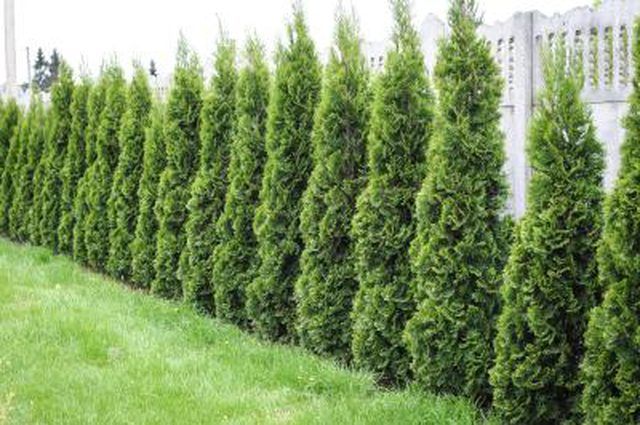Bulbs
Flower Basics
Flower Beds & Specialty Gardens
Flower Garden
Garden Furniture
Garden Gnomes
Garden Seeds
Garden Sheds
Garden Statues
Garden Tools & Supplies
Gardening Basics
Green & Organic
Groundcovers & Vines
Growing Annuals
Growing Basil
Growing Beans
Growing Berries
Growing Blueberries
Growing Cactus
Growing Corn
Growing Cotton
Growing Edibles
Growing Flowers
Growing Garlic
Growing Grapes
Growing Grass
Growing Herbs
Growing Jasmine
Growing Mint
Growing Mushrooms
Orchids
Growing Peanuts
Growing Perennials
Growing Plants
Growing Rosemary
Growing Roses
Growing Strawberries
Growing Sunflowers
Growing Thyme
Growing Tomatoes
Growing Tulips
Growing Vegetables
Herb Basics
Herb Garden
Indoor Growing
Landscaping Basics
Landscaping Patios
Landscaping Plants
Landscaping Shrubs
Landscaping Trees
Landscaping Walks & Pathways
Lawn Basics
Lawn Maintenance
Lawn Mowers
Lawn Ornaments
Lawn Planting
Lawn Tools
Outdoor Growing
Overall Landscape Planning
Pests, Weeds & Problems
Plant Basics
Rock Garden
Rose Garden
Shrubs
Soil
Specialty Gardens
Trees
Vegetable Garden
Yard Maintenance
How to Care for an Emerald Green Arborvitae
How to Care for an Emerald Green Arborvitae. Beloved by gardeners throughout the northern United States, Emerald Green American arborvitae (Thuja occidentalis "Smaragd") graces yards from coast to coast. Hardy in U.S. Department of Agriculture plant hardiness zones 3 through 8, this dependable conifer is prized for its narrow, pyramidal...

Beloved by gardeners throughout the northern United States, Emerald Green American arborvitae (Thuja occidentalis "Smaragd") graces yards from coast to coast. Hardy in U.S. Department of Agriculture plant hardiness zones 3 through 8, this dependable conifer is prized for its narrow, pyramidal form and glossy emerald-green foliage. Whether planted singly or in a stately hedge, Emerald Green arborvitae thrives with minimal care.
Starting Emerald Green Right
Give Emerald Green arborvitae a location with six to eight hours of direct sun each day. With less sun, Emerald Green loses some of the density, uniformity and outstanding color homeowners love. The tree shares its native North American ancestors' rot-resistant wood but prefers well-drained soil. Emerald Green adapts to a wide range of conditions, but near-neutral soil pH is best for health and color. When planting hedges, space Emerald Green arborvitaes 18 to 24 inches from center to center for a thick, luxuriant hedge.
Meeting Moisture Needs
Water a newly planted Emerald Green regularly for two to three years. Don't let it dry out, but encourage roots to grow deep. Water thoroughly and deeply when you water, then monitor the soil. When the top few inches dry, water thoroughly again. Once established, the tree rarely needs supplemental water. Unlike some arborvitaes that discolor in heat or cold, Emerald Green holds its striking color all year. Water deeply before the ground freezes in fall, so the tree enters winter hydrated. Mulch to retain moisture and keep down weeds.
Boosting Nutrition
Emerald Green does well without fertilizer in all but the poorest soil. But for an optional lift, broadcast granular, all-purpose, 16-16-16 fertilizer at the base of the plant in spring. For young trees, use 2 tablespoons per plant. For trees over 6 feet tall, increase the amount to 1/4 cup. Broadcast the granules about 12 inches out around the trunk, and scratch them gently into the soil. Then water the area well so fertilizer contacts the soil and begins to work.
Pruning and Shearing
Emerald Green grows up to 12 inches per year until it nears 15 feet in height and 4 feet in width. Growth continues, but the rate is extremely slow. Hedges are often left natural or pruned to even only the tops. Minimal pruning maintains hedges at 8 to 15 feet. For a uniform look, shear Emerald Green in early summer with power hedge trimmers. Wear gloves, protective clothing and safety goggles when you shear. Avoid pruning in fall or early winter; it may reduce hardiness. Deer delight in arborvitaes, but Emerald Green rebounds quickly if deer browse.
Handling Pests
Spider mites plague some arborvitaes, but Emerald Green resists the pests. Shake some branches over a piece of paper in autumn, and check the paper for fallen mites. Treat affected trees with ultra-fine horticultural oil in fall. If you spray, wear gloves and protective clothing and eyewear. Mix 5 tablespoons of oil per 1 gallon of water. Spray interior branches and all sides of the foliage until wet, but not to the point of runoff. Never spray when temperatures exceed 90 degrees Fahrenheit or when trees are stressed by heat or drought.